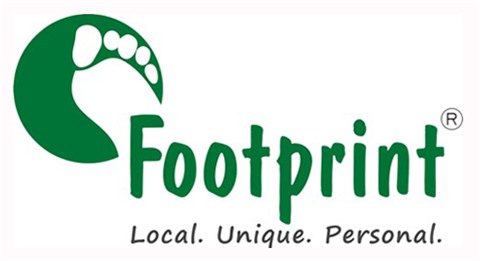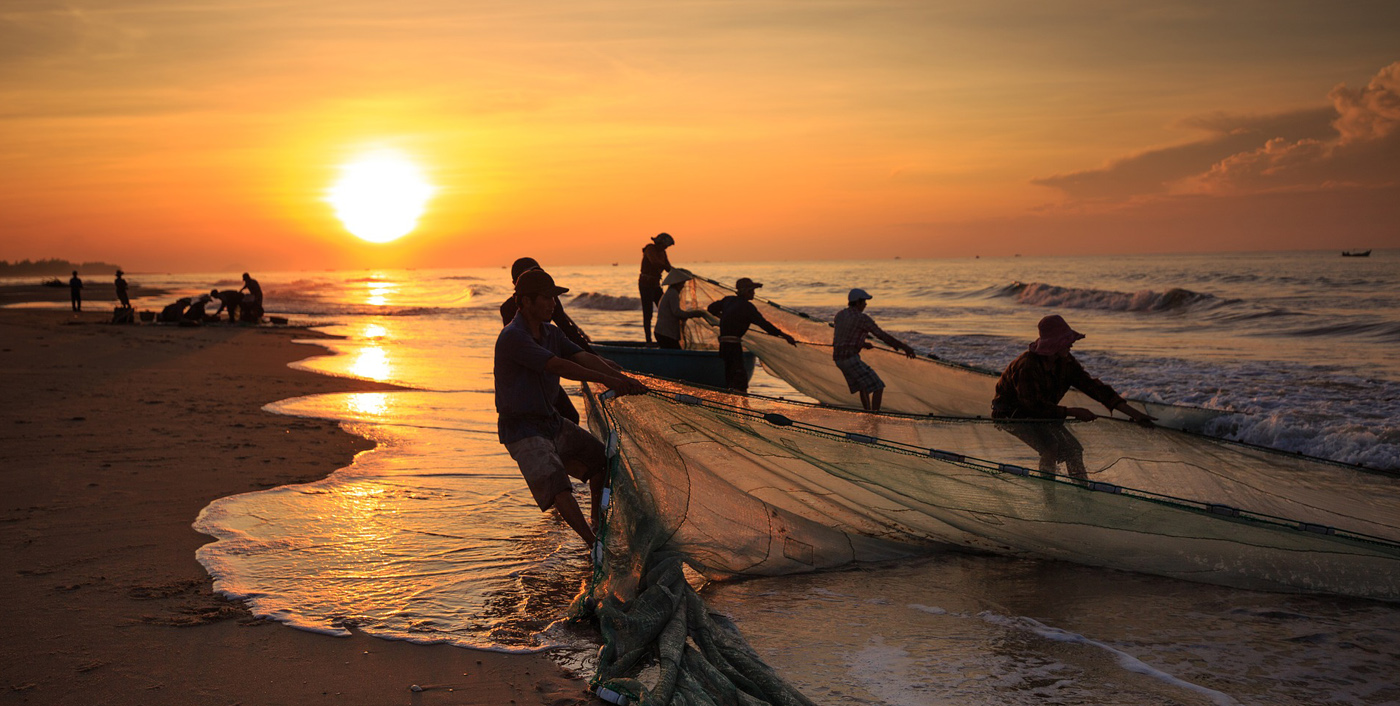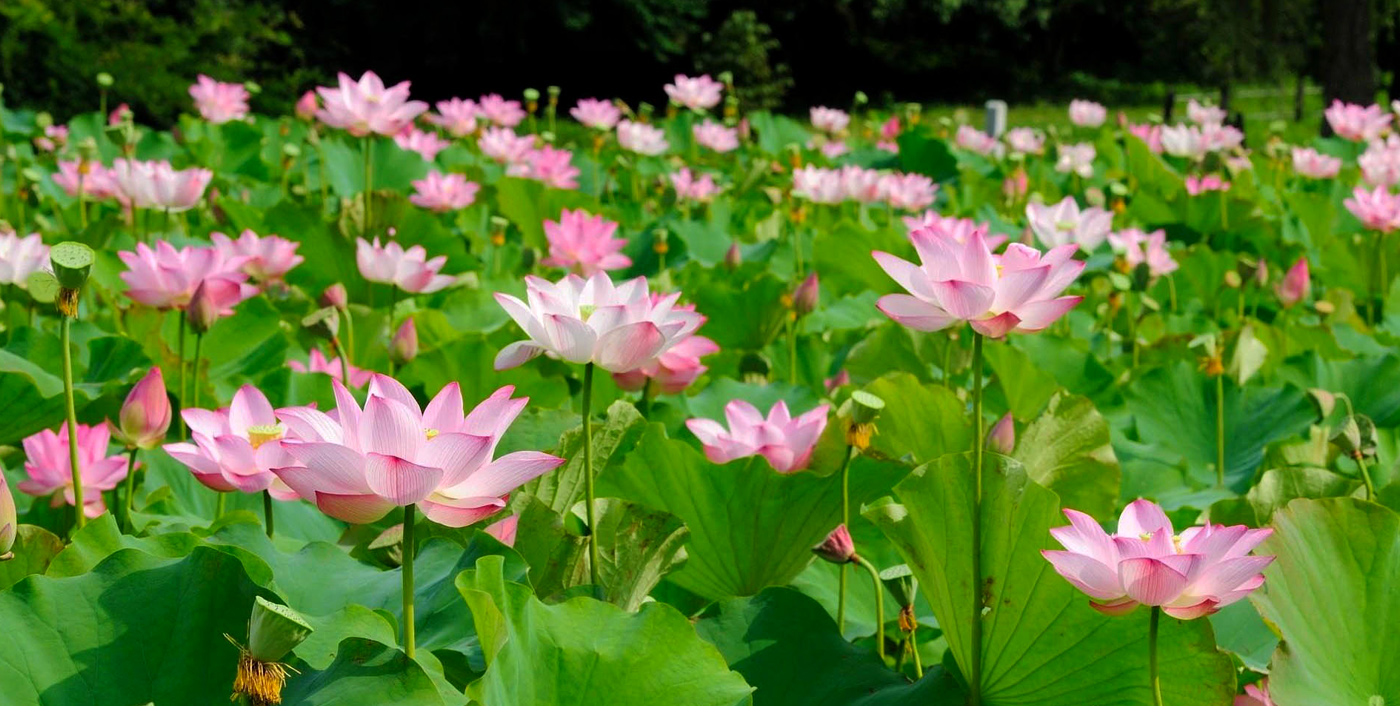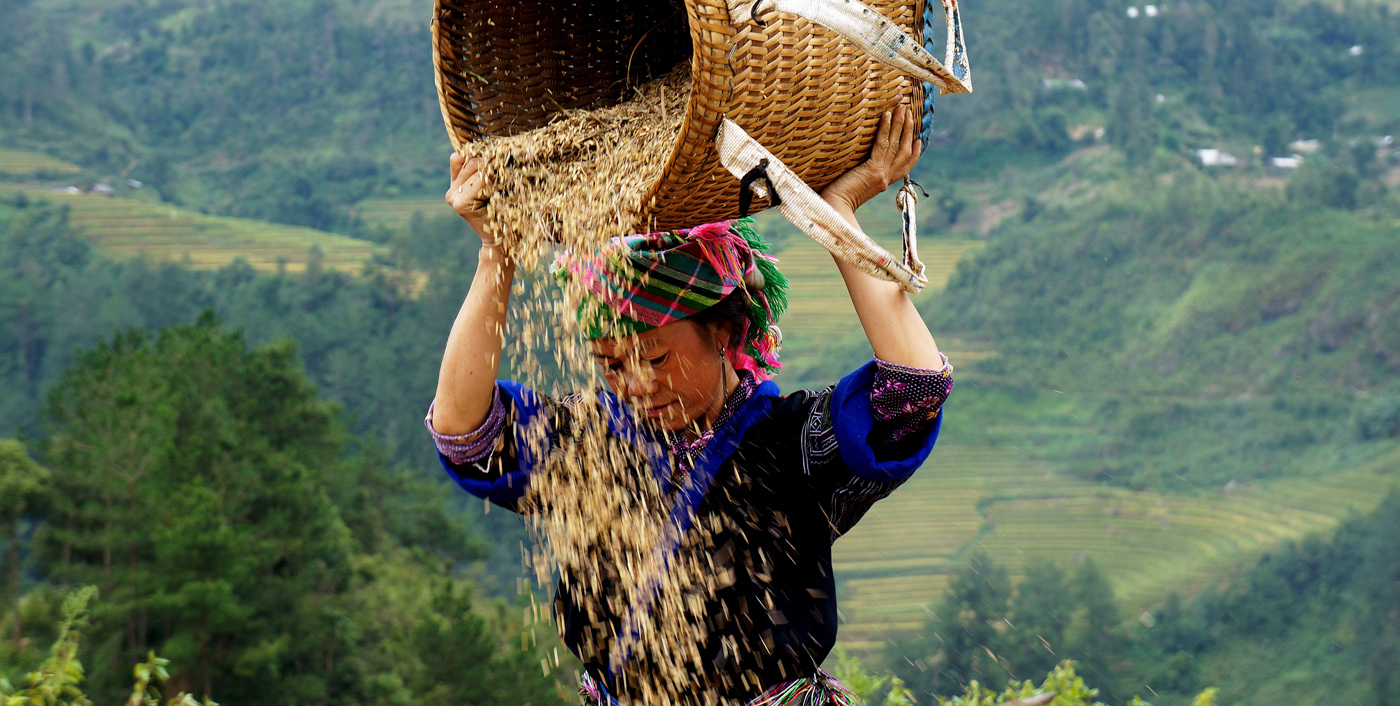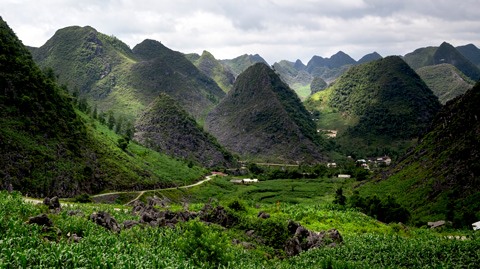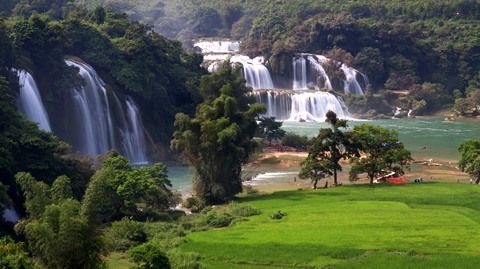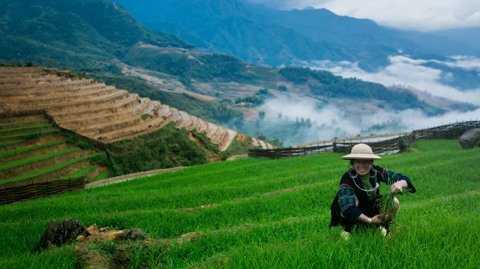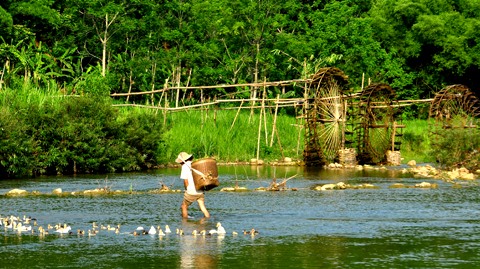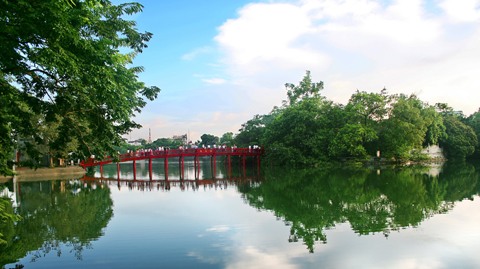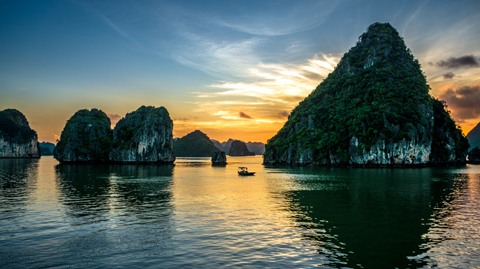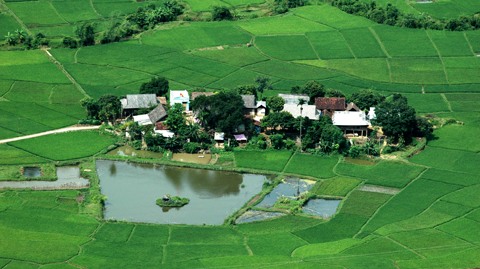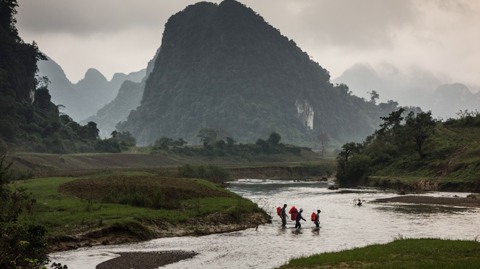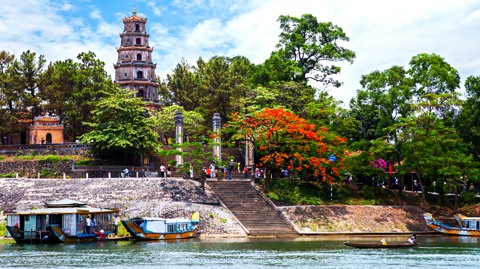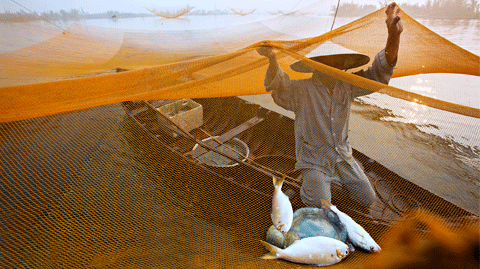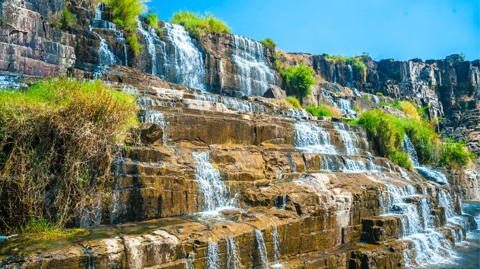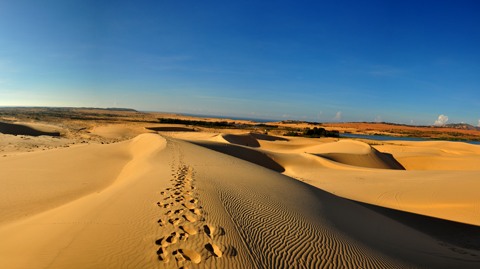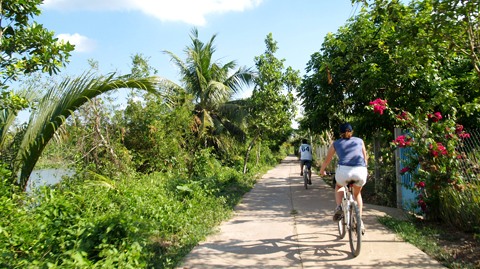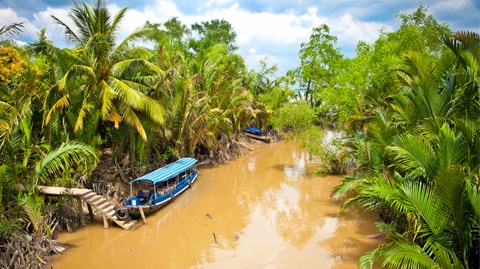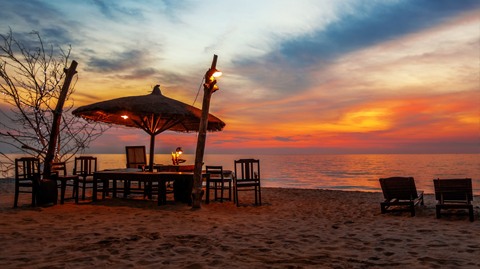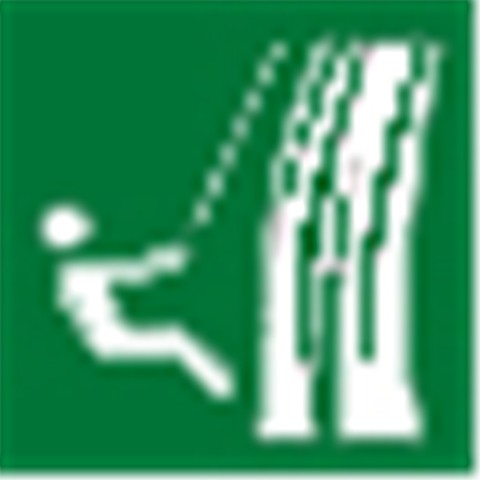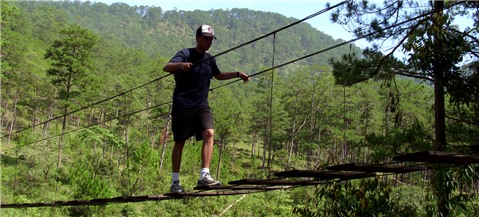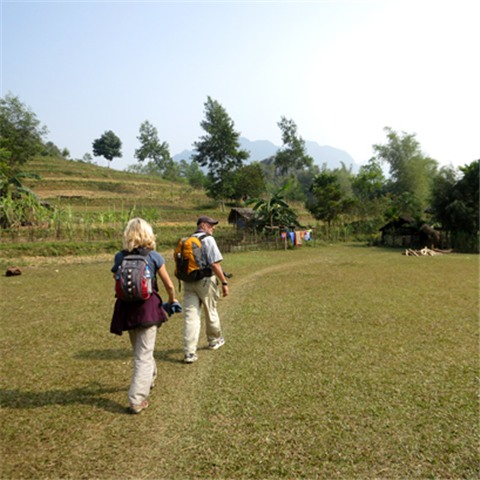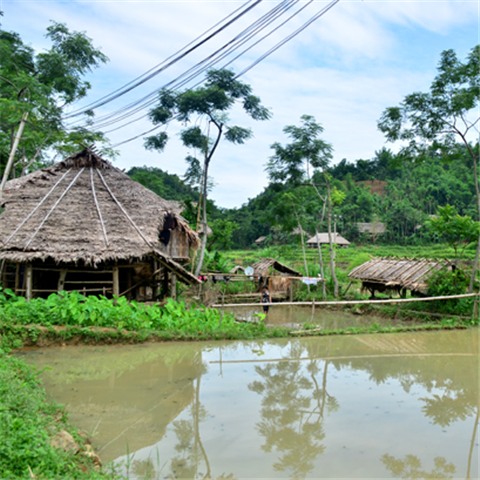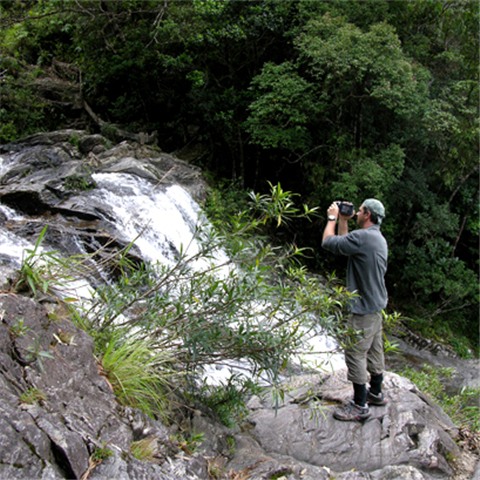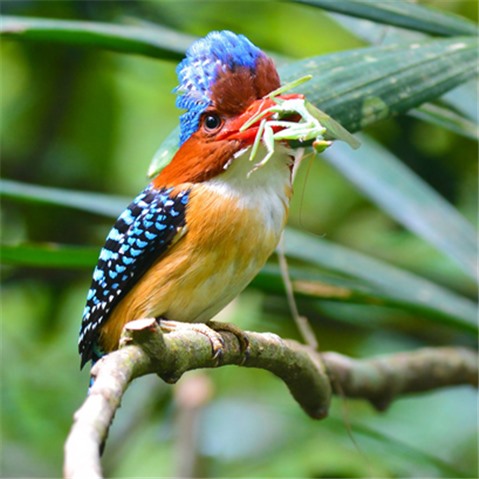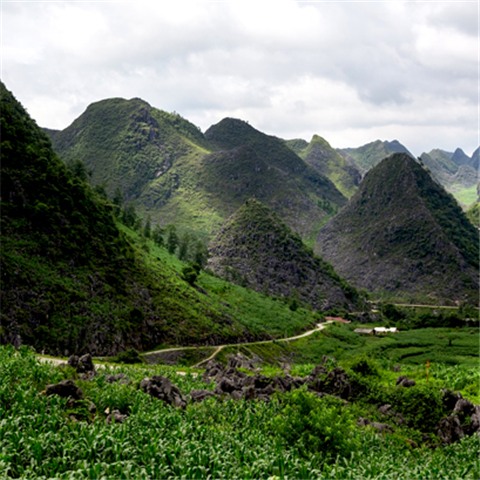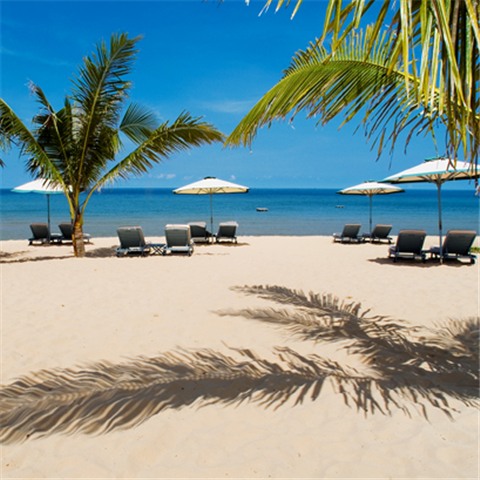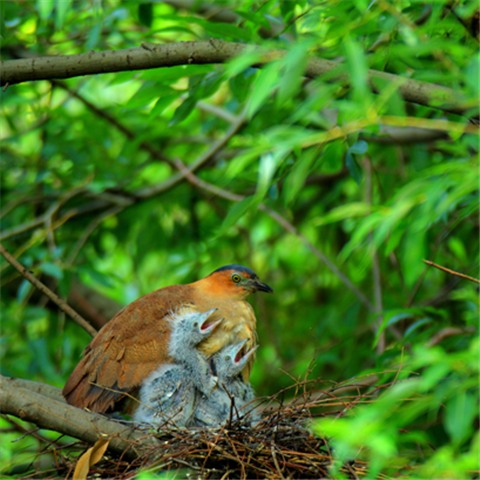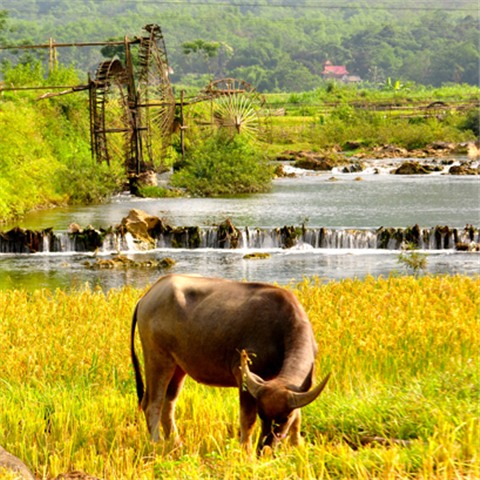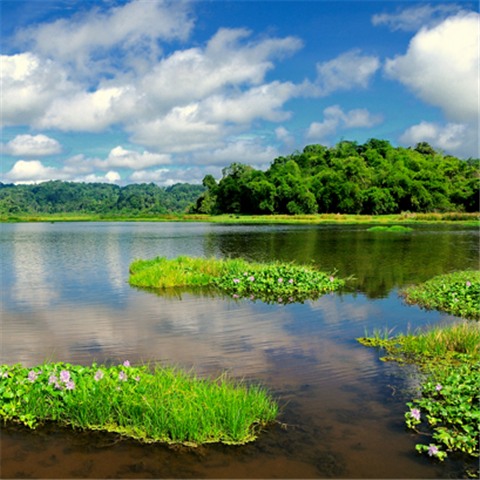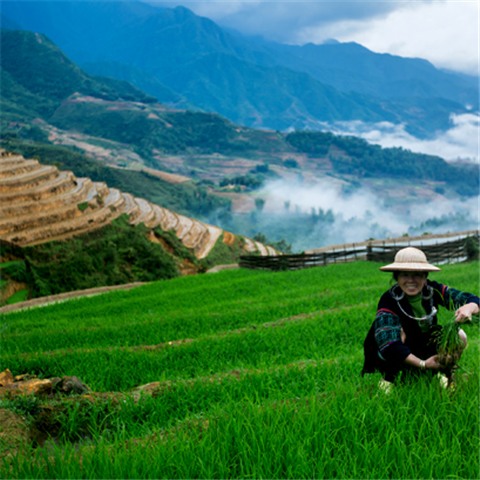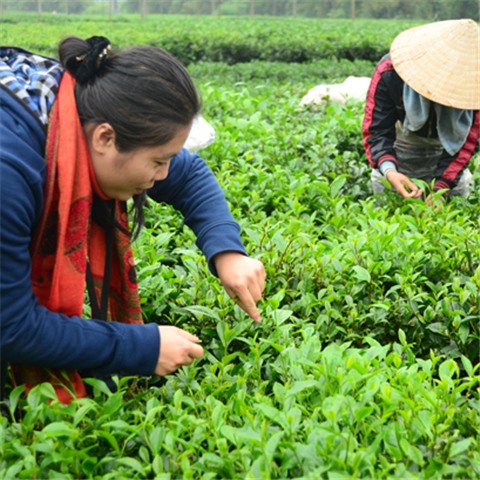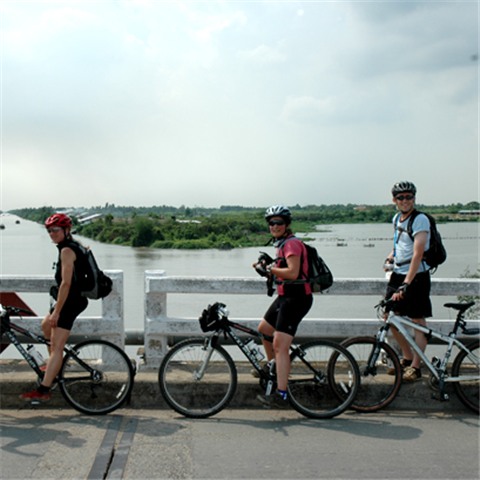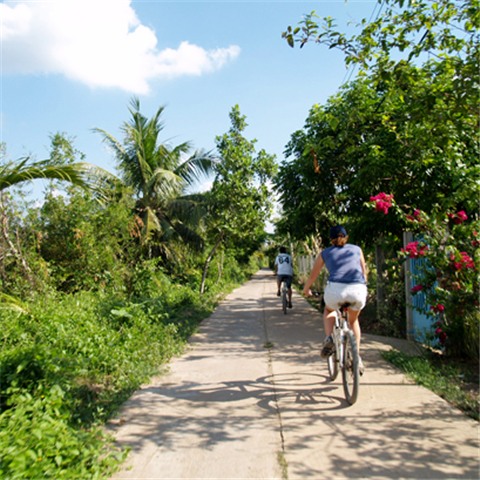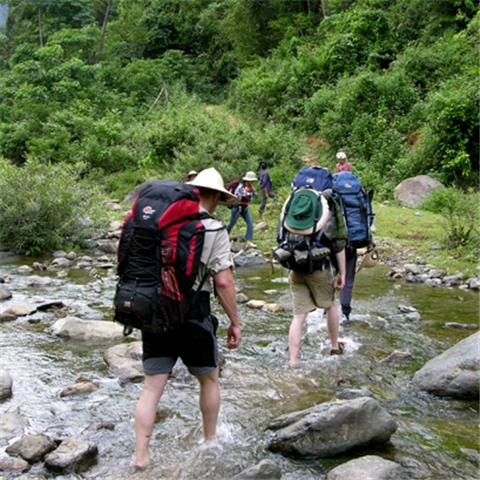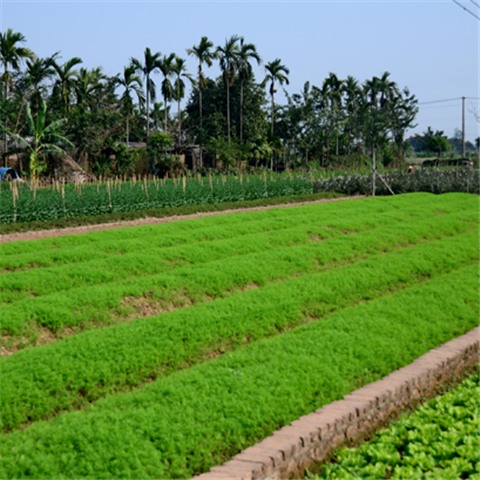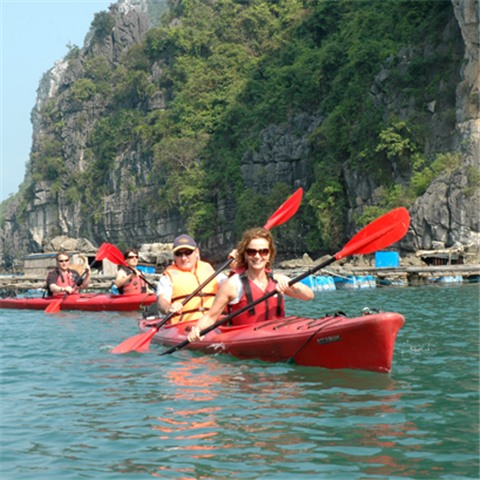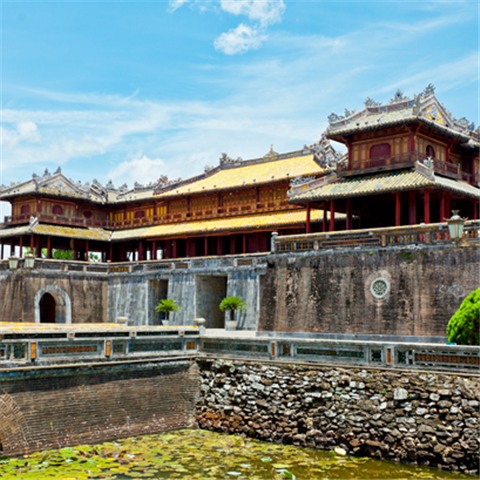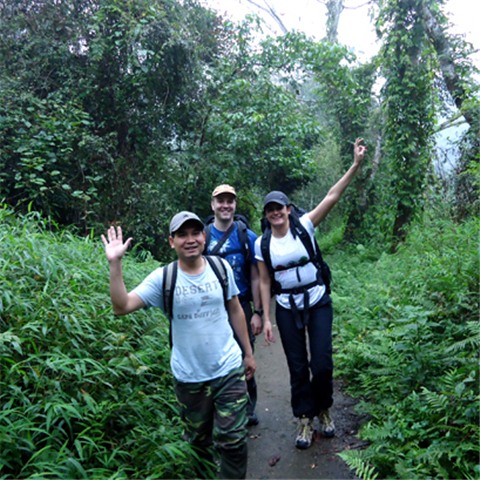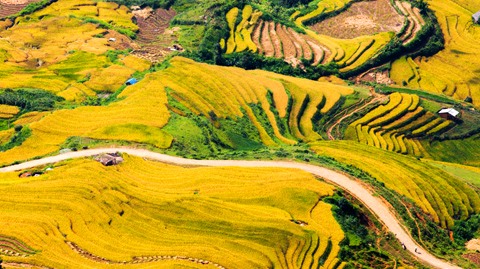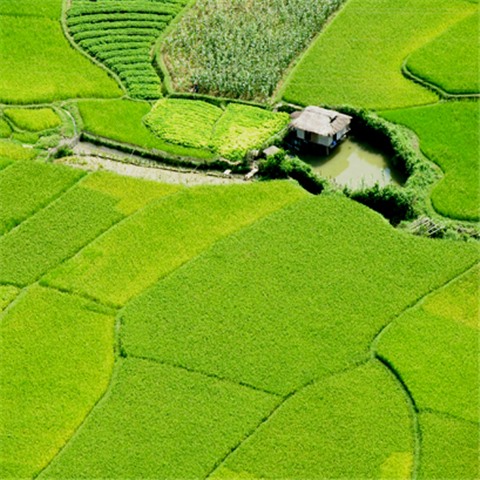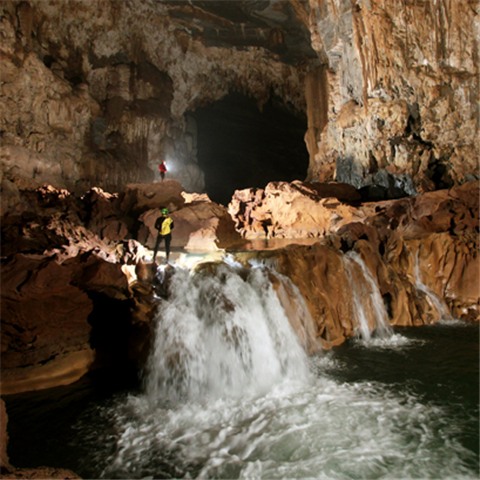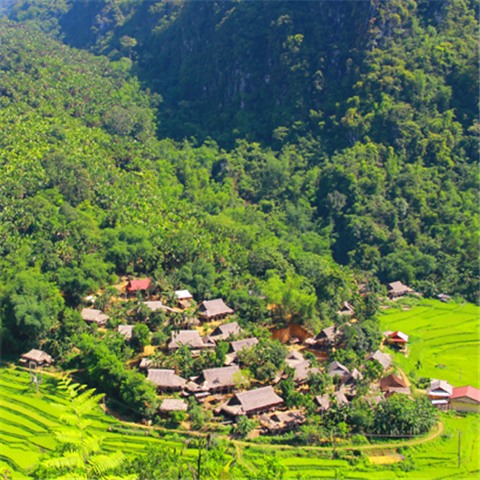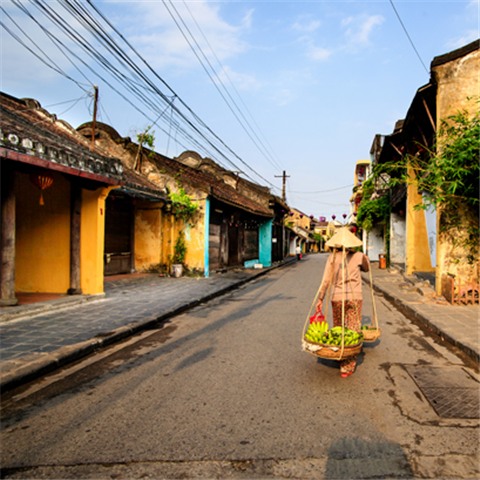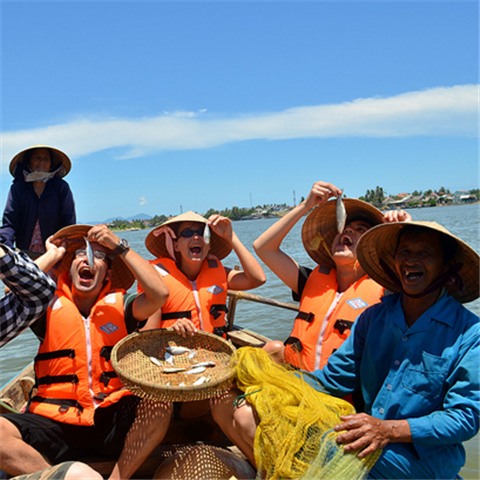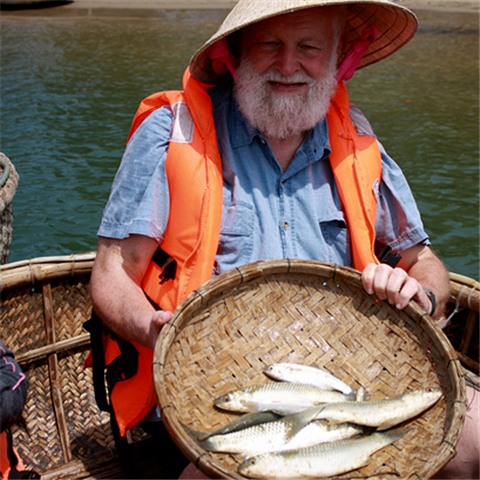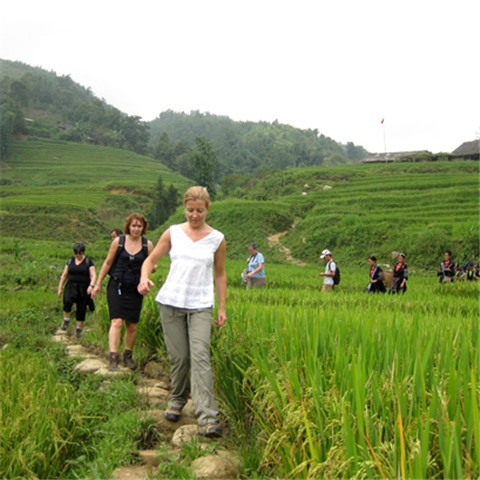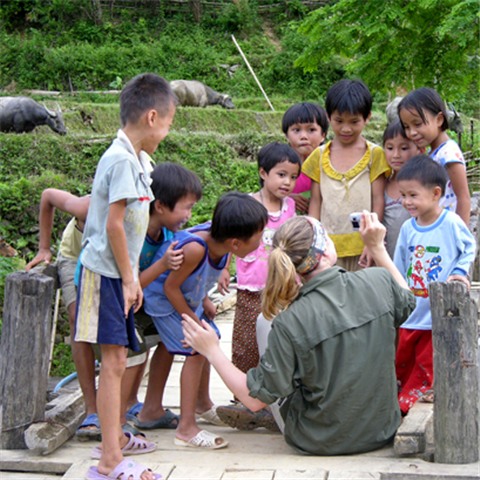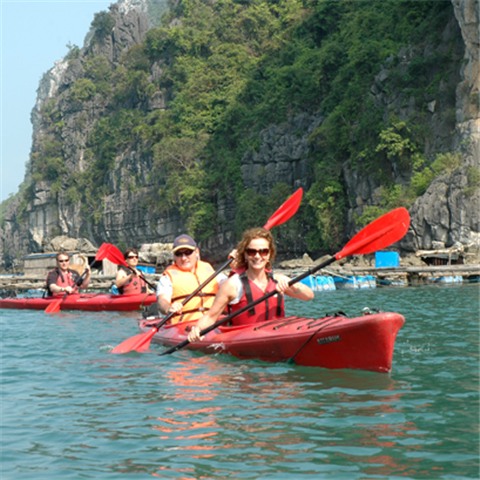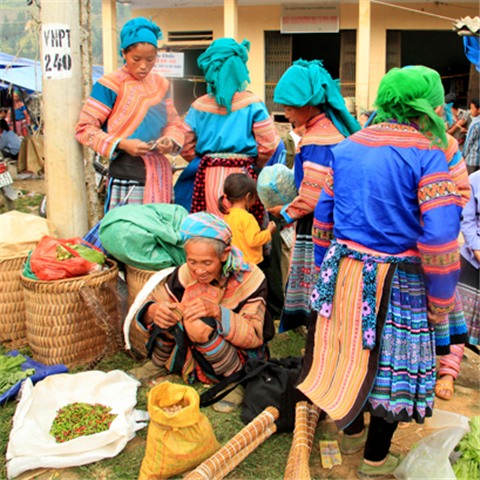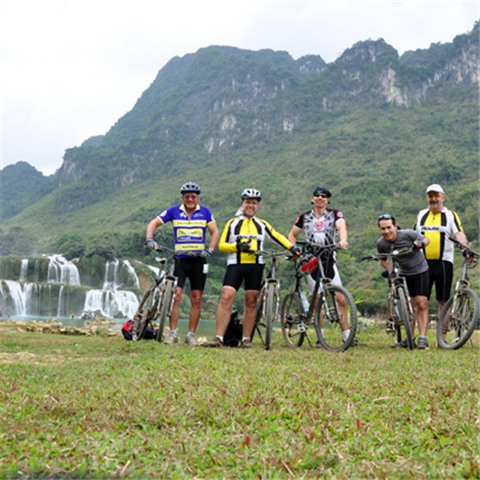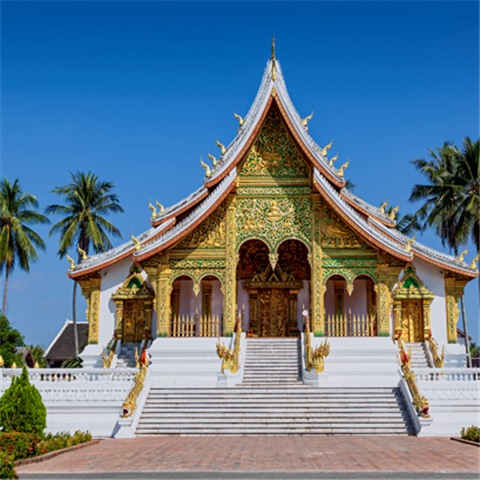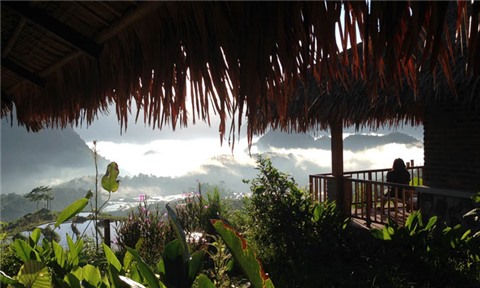
Vietnam
From the exciting pace of the cities over endless coastlines to breathtaking rural landscapes and villages; Vietnam’s diversity is astonishing. In the capital Hanoi, you will find peaceful lakes, wide tree-lined boulevards and a fascinating Old Quarter. From Hanoi you can take an overnight boat trip to Ha Long Bay with its thousands of limestone islands or head to the mountains of Sapa.
With its modern vibe and frantic energy, Saigon (Ho Chi Minh City) makes for a complete contrast and is a great starting point to explore the Mekong Delta, escape to the mountainous region in Da Lat or relax at the beach in Nha Trang.
Further, don’t forget the Hue and Hoi An in Central Vietnam. Here, you will find lots of history, culture, cuisine, beaches and some of the most spectacular coastal scenery in all Asia...
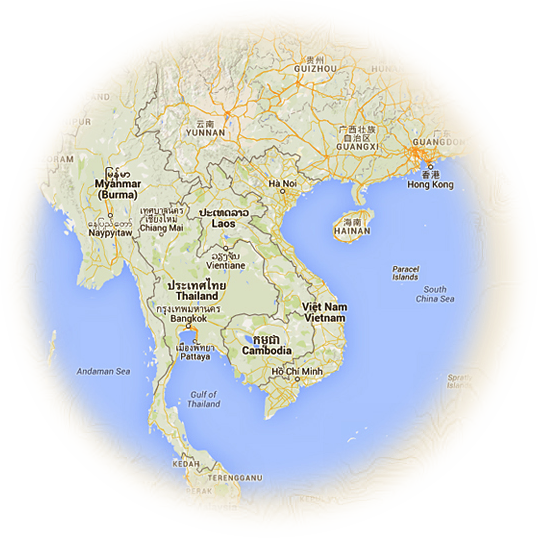
Weather in Vietnam
-
Fast Facts
Full Name: Socialist Republic of Vietnam Capital: Hanoi Official language: Vietnamese Religion: Buddhism Population: 89.6 million Area: 331,210 km2 Currency: Vietnamese Dong Time Zone: GMT +7 International calling code: +84 -
Climate & Time to travel
You can travel to Vietnam any time of the year and each season has its own special appeal. The most popular time for travel is between November to April. You should book well in advance if you wish to travel to Vietnam during this time. Temperatures are generally lower in this season, especially in the north, where it can get quite cool during winter (December to February). The Ha Long Bay is often covered in mist, which reduces the visibility but adds to the atmosphere. In the south of the country, days are usually warm and clear. Between October and November you should be prepared for some instability and possible flooding in Central Vietnam.
During summer, which also marks the monsoon season (May to November) you can expect days to be warm and humid with refreshing afternoon showers. Travelling is rarely affected by the rain and everything is lush and green at this time. Skies over Ha Long Bay are usually clear and blue.
-
Language
The official national language of Vietnam is Vietnamese (Tiếng Việt), a tonal Mon–Khmer language which is spoken by the majority of the population. In its early history, Vietnamese writing used Chinese characters. In the 13th century, the Vietnamese developed their own set of characters, referred to as Chữ Nôm, that is widely used in classic literature. Quốc ngữ, the romanised Vietnamese alphabet used for spoken Vietnamese, was developed in the 17th century by the Jesuit Alexandre de Rhodes and several other Catholic missionaries. Quốcngữ became widely popular and brought literacy to the Vietnamese masses during the French colonial period.
Vietnam's minority groups speak a variety of languages, including Tày, Mường, Cham, Khmer, Chinese, Nùng, and H'Mông. The Montagnard culture of the Central Highlands also speak a number of distinct languages. A number of sign languages have developed in the cities. The French language, a legacy of colonial rule, is spoken by many educated Vietnamese as a second language, especially among the older generation and those educated in the former South Vietnam, where it was a principal language in administration, education and commerce; Vietnam remains a full member of the Francophonie and education has revived some interest in the language. Russian – and to a much lesser extent German, Czech and Polish – are known among some Vietnamese whose families had ties with the Soviet bloc during the Cold War. In recent years, as Vietnam's contacts with Western nations have increased, English has become more popular as a second language. English as a school subject is obligatory in most schools by now, replacing French. Chinese, Japanese and Korean have also grown in popularity as Vietnam's links with other East Asian nations have strengthened.Below, we translated the most important words and phrases while travelling in Vietnam in simplified phonetics:
Vietnamese English
Sin chow Hello (or hi)
Kwherekhom How are you?
Toy kwhere, cam un I'm fine, thank you
Cam un Thank you
Ten la zee What is your name?
Ten toy la... My name is...
Bao new toy How old are you?
Toy...too-ee I am...years old
...Bao new How much is...?
Mukkwar It's too expensive!
Kom No
Ya(south), vang(north) Yes
Sin loy Excuse me / I'm sorry
Kom can No need
Cam un, noong toy kom can too-ee nee long Thank you, but I don't need a plastic bag -
Religion
For much of Vietnam's history, Mahayana Buddhism, Taoism and Confucianism have been the dominant religions, strongly influencing the national culture. About 85% of Vietnamese identify themselves as Buddhism, though not all practice on a regular basis. According to the General Statistics Office of Vietnam's report for 1 April 2009, 6.8 million (or 7.9% of the total population) are practicing Buddhists, 5.7 million (6.6%) are Catholics, 1.4 million (1.7%) are adherents of HòaHảo, 0.8 million (0.9%) practise Cao Đài, and 0.7 million (0.9%) are Protestants. In total, 15,651,467 Vietnamese (18.2%) are formally registered in a religion. According to the 2009 census, while over 10 million people have taken refuge in the Three Jewels of Buddhism, the vast majority of the Vietnamese practise Ancestor Worship in some form. According to a 2007 report, 81% of Vietnamese people do not believe in God.
About 8% of the population are Christians, totaling around 6 million Roman Catholics and fewer than 1 million Protestants based on the 2007 census. Christianity was first introduced to Vietnam by Portuguese and Dutch traders in the 16th and 17th centuries and was further propagated by French missionaries in the 19th and 20th centuries; and to a lesser extent, by American Protestant missionaries during the Vietnam War, largely among the Montagnards in South Vietnam. The largest Protestant churches are the Evangelical Church Of Vietnam and the Montagnard Evangelical Church. Two-thirds of Vietnam's Protestants are reportedly members of ethnic minorities.Vietnam has a number of major religions, in which Buddhism (mainly Mahayana Buddhism) is the most popular, following by Catholicism, Protestantism, Islam, Hoa Hao and Cao Dai. However, the majority of Vietnamese identify themselves non-religious, although many practice informal religious customs and traditional beliefs such as animism and veneration of ancestors and national heroes.
-
Money
The official currency in Vietnam is the Vietnamese Dong (VND) which is a non-convertible currency. American Dollars (USD) are widely accepted in larger stores and supermarkets. Visa and Mastercard are becoming more accepted in hotels, restaurants and large stores, especially in the bigger cities. ATM’s are widely available throughout the country and there is a number of international banks in Hanoi and Ho Chi Minh City. Vietnamese Dong (VND); ATMs and Money changers throughout the country. USD are widely accepted. Jan 2018: 1 USD - 22.675 VND
-
Food
Vietnamese cuisine traditionally features a combination of five fundamental taste "elements" (Vietnamese: ngũvị): spicy (metal), sour (wood), bitter (fire), salty (water) and sweet (earth). Common ingredients include fish sauce, shrimp paste, soy sauce, rice, fresh herbs, fruits and vegetables. Vietnamese recipes use lemongrass, ginger, mint, Vietnamese mint, long coriander, Saigon cinnamon, bird's eye chili, lime and basil leaves. Traditional Vietnamese cooking is known for its fresh ingredients, minimal use of oil and reliance on herbs and vegetables and is considered one of the healthiest cuisines worldwide.
The most popular dish is called Pho and is often referred to as the "soul of the nation". It is quite simply a noodle soup dish eaten every day, predominantly for breakfast. It is served in most Vietnamese restaurants and street food vendors. Don't be afraid to try the street food, there are plenty of options, including:- Nem Ran or Cha Gio (fried spring roll)
- Banh Chung (sticky rice cake)
- Gio Lua (lean pork pie)
- Banh Cuon (rice flour steamed rolls)
- Banh My (pate and egg rolls)
- Mivoithitbo/ga (noodles with beef/chicken)
-
Passport & Visa
The passport needs to be valid for 6 months on arrival in Vietnam. Visitors with passports from the following countries do not require a visa for stays up to the days specified:
- 14 days – Brunei and Myanmar
- 15 days - Sweden, Norway, Denmark, Finland, Japan, South Korea, Russia, Belarus, Germany, France, The UK, Italy and Spain.
- 21 days - Philippines
- 30 days - Indonesia, Laos, Cambodia, Malaysia, Singapore and Thailand.·
All other passport holders require a visa in advance to visit Vietnam.
The term "visa on arrival" can be confusing as it still required to obtain a letter of approval before the arrival. This is handled by a growing number of online agencies. The fee depends on the type of visa you require (Tourist or Business, 1, 3 or more month(s), single entry or multiple entries). Please ask our Footprint travel consultant for futher assistance.
When you enter Vietnam via plane, you need to bring one copy of the whole visa approval letter per passenger, then fill out a short form, give the border offcials 2 passport sized photos and pay the stamping fee (25 USD for a single entry visa, 50 USD for multiple entries). The fee can either be paid in USD or in VND (the bills need to be neat!). Afterward, the staff at the border control will give you the visa and the stamp.
-
Airport Taxes
The airport departure tax for domestic flight is 2 USD and for international departure flight 4 USD. The taxes are included in the air tickets, even low cost carriers like Air Asia, so that you do not need to worry about paying extra.
-
Safety & Security
Though Vietnam is considered as safe by world standards, you should apply common sense when travelling, as you would do so anywhere you go. Petty crime in Vietnam’s major cities has risen along with the numbers of tourists. We advise you to take a photocopy of your passport, airline tickets and credit card and keep these things safe and separate from the orginals. In large cities, such as Saigon (Ho Chi Minh City) and Hanoi, it is advisable to keep valuables in your hotel safe and wear as little jewelry as possible when you are out. Keeping your money and other valuables close to your body at a secure place. We recommend you take taxis rather than cyclos for transportaton at nights; taxis in Vietnam are numerous, metered and inexpensive. To assist in finding your way back to your hotel, make sure you obtain a business card of your hotel with its address on it, which you can show the taxi driver.
-
Travel Tips
travel tips
